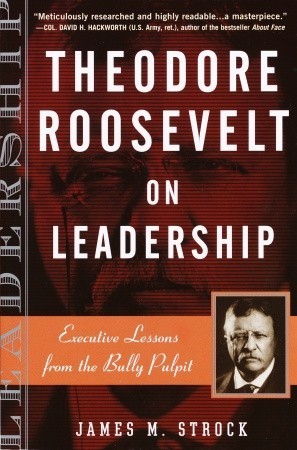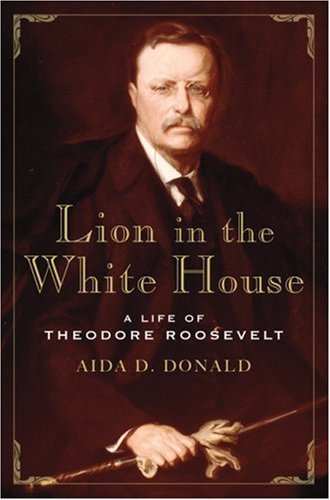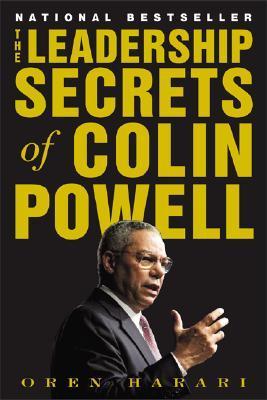
Theodore Roosevelt on Leadership: Executive Lessons from the Bully Pulpit
Book Description
Unleash the power of leadership through the eyes of one of America’s most dynamic presidents. "Theodore Roosevelt on Leadership" distills the fiery spirit of Roosevelt’s presidency into a masterclass of executive wisdom. With bold anecdotes and compelling insights, Strock brings to life Roosevelt's relentless pursuit of progress and unwavering moral compass. From the challenges of the Bully Pulpit to the art of rallying a nation, this book reveals how grit, vision, and action transform vision into reality. What lessons from Roosevelt's legacy will ignite the leader within you?
Quick Book Summary
"Theodore Roosevelt on Leadership" by James Strock explores the enduring principles and practical strategies that made Roosevelt one of the most dynamic leaders in American history. Drawing from Roosevelt’s audacious energy, unwavering commitment to ethical action, and remarkable adaptability, Strock dissects how Roosevelt leveraged his "Bully Pulpit" to inspire, persuade, and mobilize the nation. The book distills transformative lessons on vision, courage, communication, and innovation, making Roosevelt’s legacy highly relevant for contemporary executives and emerging leaders. Through vivid stories and actionable insights, Strock demonstrates how Roosevelt’s relentless drive, self-discipline, and moral clarity shaped not just his presidency, but the future of American leadership. This compelling portrait serves as an accessible playbook for anyone seeking to amplify their influence and impact.
Summary of Key Ideas
Table of Contents
Leading with Moral Clarity and Energy
James Strock’s work dissects the heart of Theodore Roosevelt’s leadership, emphasizing his unwavering moral clarity and boundless energy. Roosevelt approached every challenge with an intense sense of duty and ethical responsibility. He believed leadership was not just about holding power, but about serving a higher purpose and using one’s influence for the collective good. This focus on principled action informed his every move, compelling his contemporaries and later generations to recognize the necessity of aligning words with deeds and character with ambition.
Harnessing the Power of the Bully Pulpit
Central to Roosevelt’s effectiveness was his revolutionary use of the "Bully Pulpit." He understood the presidency as more than an administrative post—it was a stage to shape public opinion and rally citizens to worthy causes. Roosevelt’s mastery of communication, from stirring speeches to thoughtful writings, allowed him to connect with a diverse nation. Strock details how leaders can adopt Roosevelt’s techniques to articulate compelling visions, influence stakeholders, and cultivate widespread support for transformative change.
Turning Vision into Action
Roosevelt’s leadership was grounded in a relentless drive to transform vision into concrete results. He called for daring action and personal accountability, never shying from difficult decisions. Strock highlights Roosevelt’s approach to setting bold agendas, enacting sweeping reforms, and creating lasting institutions. The book provides practical advice on translating high ideals into achievable strategies—reminding readers that true leaders don’t just dream, they do.
Resilience and Adaptation in the Face of Adversity
Adaptability and resilience define another facet of Roosevelt’s legacy. Whether confronting personal setbacks, political opposition, or global crises, Roosevelt demonstrated a flexible mindset and determination to continue forward. Strock illustrates how Roosevelt turned adversity into opportunity, learning and innovating under pressure. For modern leaders, this means continuously evolving through experience, embracing challenges as catalysts for improvement, and persevering through periods of uncertainty.
Building Coalitions and Inspiring Others
Finally, Roosevelt excelled at building diverse coalitions and motivating people from all walks of life. Strock explores Roosevelt’s inclusive leadership style, which welcomed robust debate and fostered a sense of shared mission. Roosevelt inspired trust by empowering others, recognizing talents, and uniting teams toward common objectives. This spirit of collaboration and engagement is presented as a critical component for leaders seeking not only to achieve organizational goals, but also to leave an enduring, positive legacy.
Download This Summary
Get a free PDF of this summary instantly — no email required.





